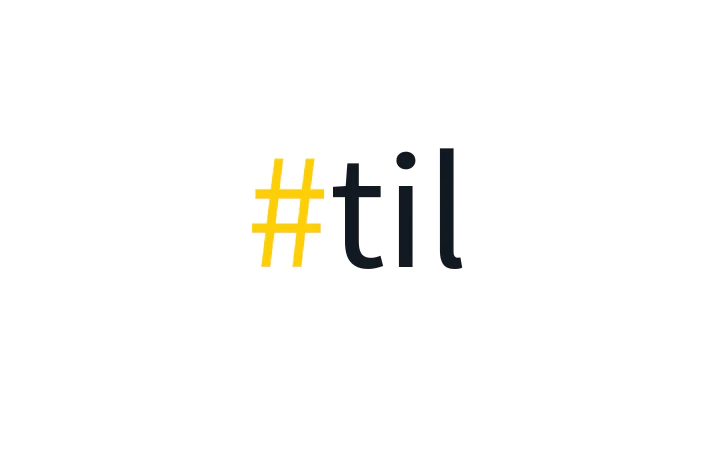Chris Moore |

From Stefan: A router outside of Rails - I find it very interesting as I don't like Roda too much, the Sinatra router is also not the greatest and this looks refreshing. I think it'd need some polish for me to use it on a small project, but it's pretty cool.
From Steve: Rails 7.1 will have an /up route by default making it easy for health check monitoring to determine if the app is up. If it's down it will provide information on what the issues are.
From Stefan: I genuinely like that there are Railsey alternatives to Devise. Easy to understand, part of the codebase, etc. Only downside I see; you have to handle security updates yourself.
From Chris: A nifty app for viewing Rails CHANGELOG. It links back to the PRs.
From Steve: Check this out:
Introducing Mapkick - like Chartkick, but for maps 🗺️ Create beautiful JavaScript maps with one line of Ruby https://t.co/NNT34BBx0O pic.twitter.com/BecsuvnZZJ
— Andrew Kane (@andrewkane) January 20, 2023
From Chris: There's a whole bunch of new bundler stuff.
From Stefan: Always wanted this and apparently it’s out now in Rails - normalizing attributes is supported out of the box and also used in finder methods 🙌 no more toying around with “before validation” etc.
From Lauren: Need to grab a full-page screenshot of a webpage? Open up the Web Inspector in Safari, right click on the HTML element, then select "Capture Screenshot" to get what you need without having to cobble together several screenshots. It's not perfect, but it's a nice out-of-the-box tool.

From Steve: Design tip - you can now specify where a section of a Shopify theme can be used.
From Andrew: UI vs. UX : What's the Difference? UI refers to the screens, buttons, toggles, icons, and other visual elements that you interact with when using a website, app, or other electronic device. UX refers to the entire interaction you have with a product, including how you feel about the interaction.